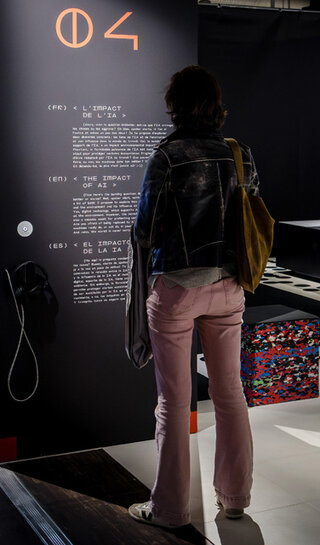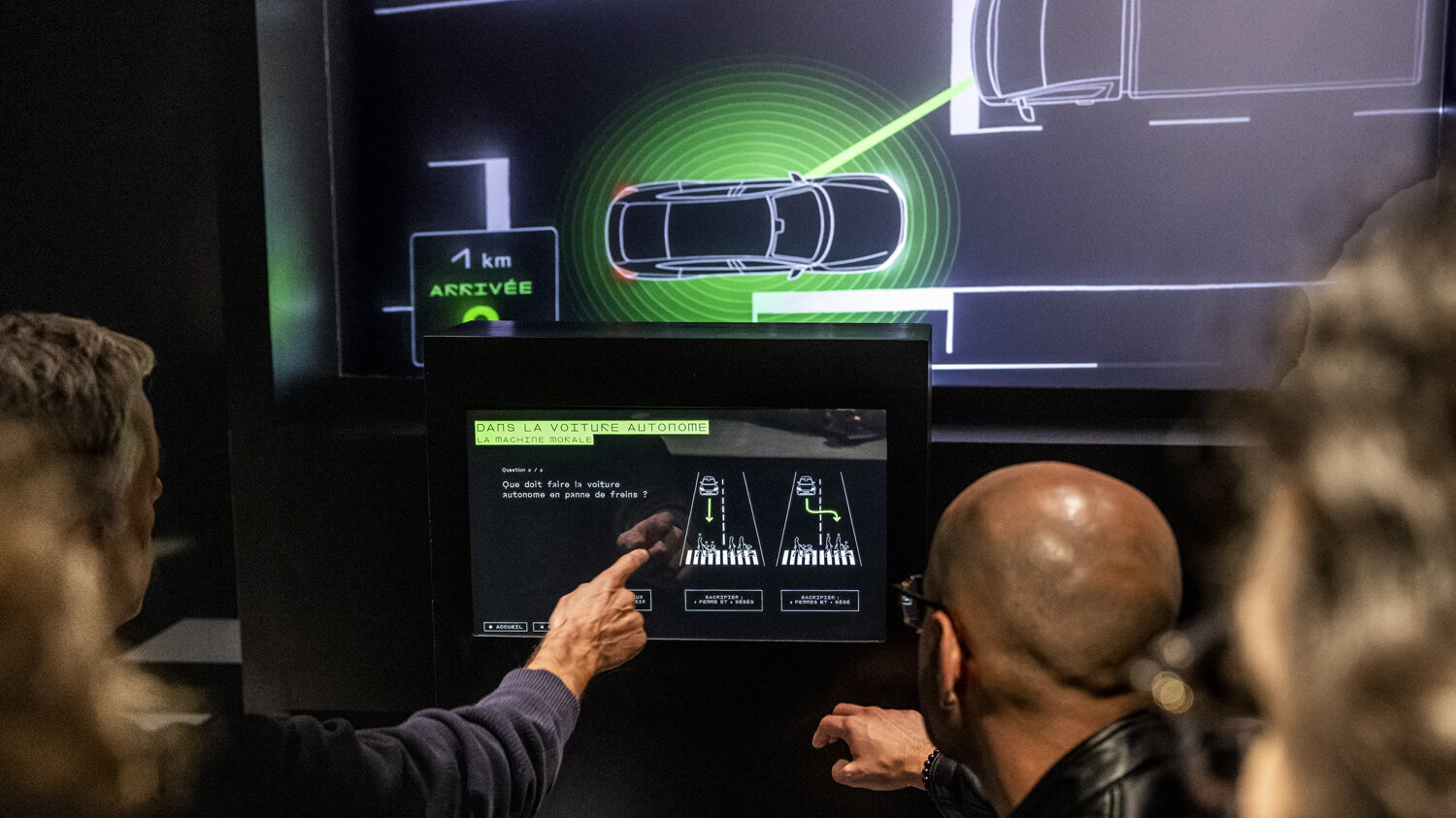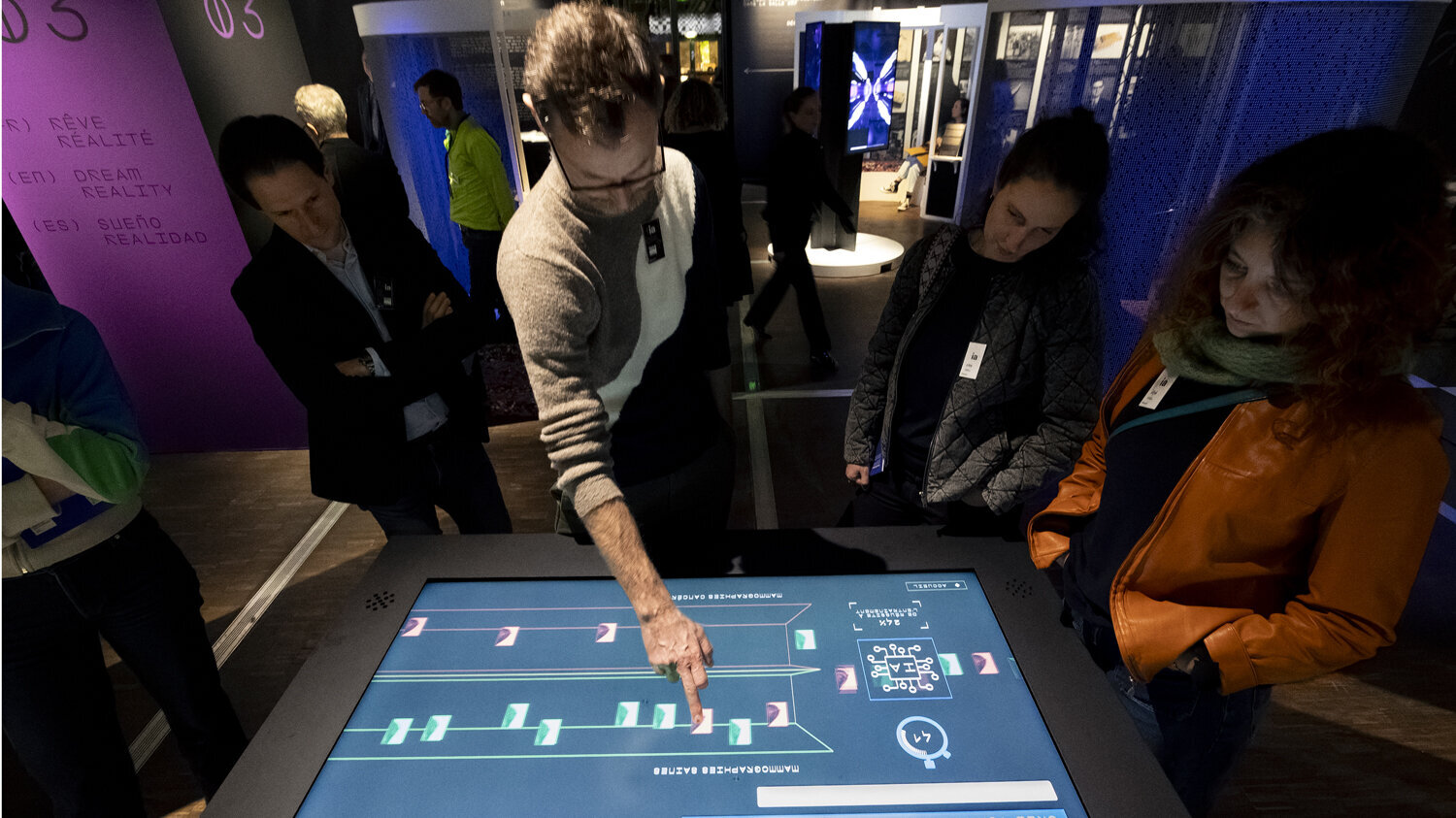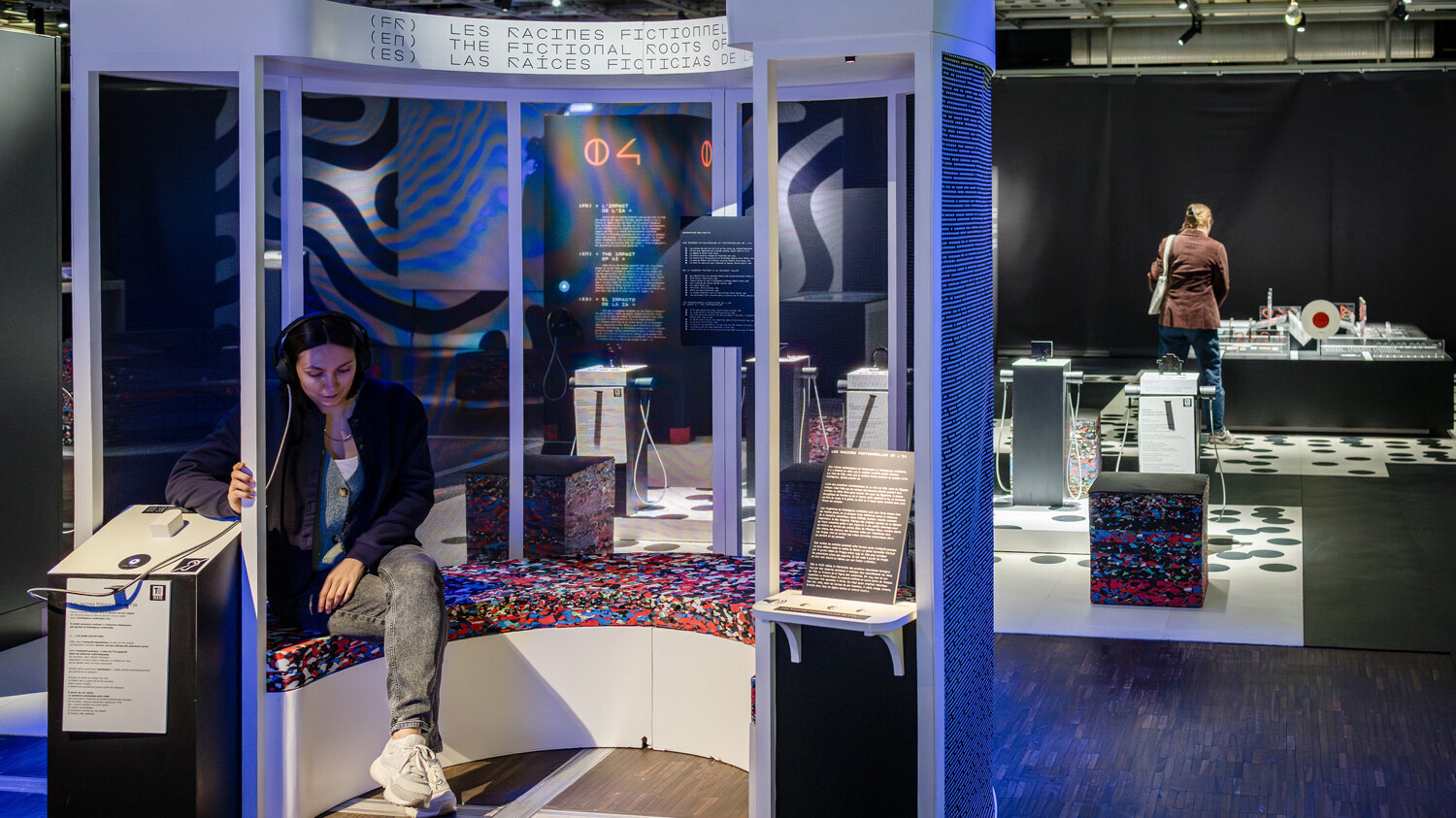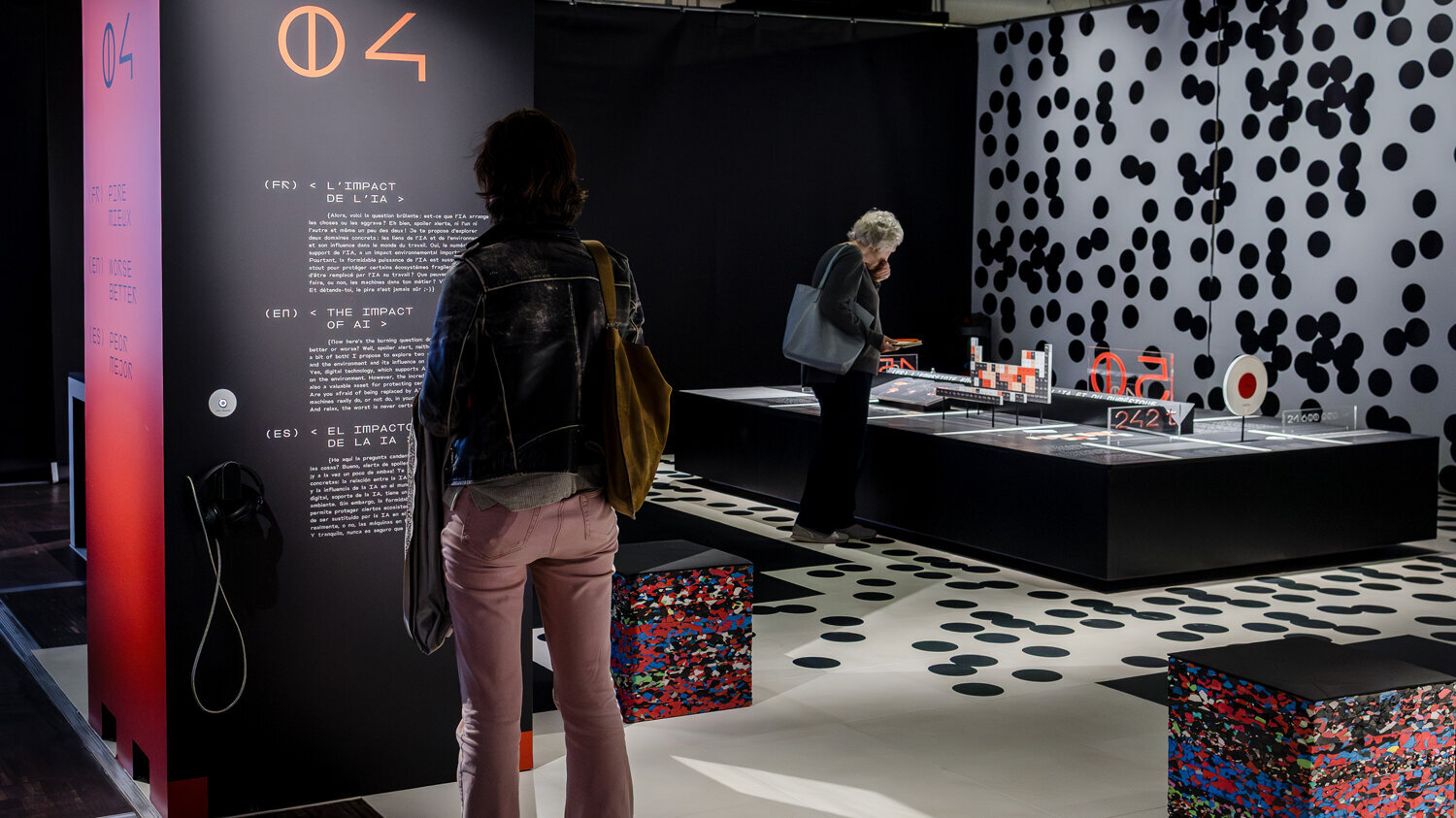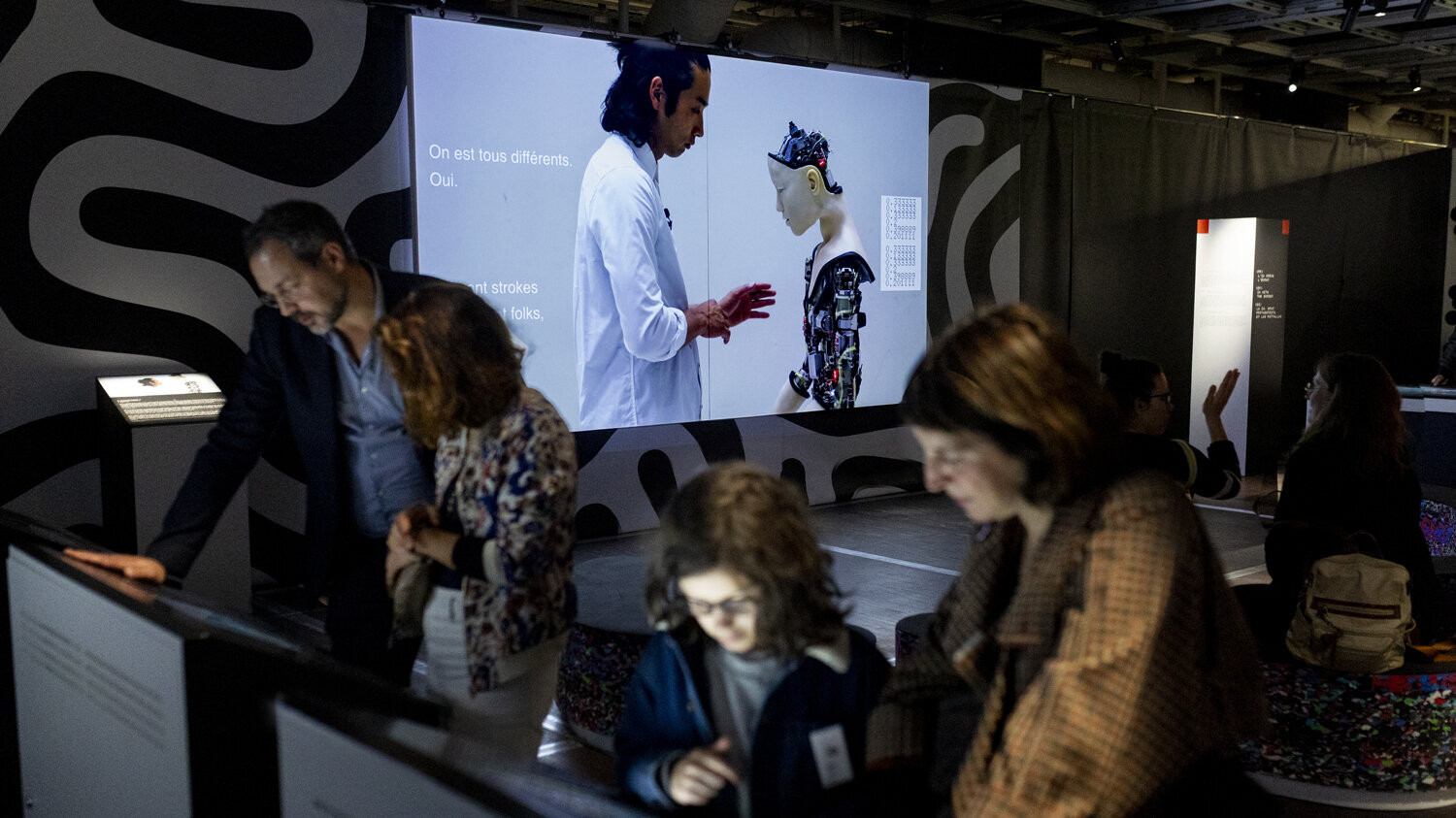The exhibition
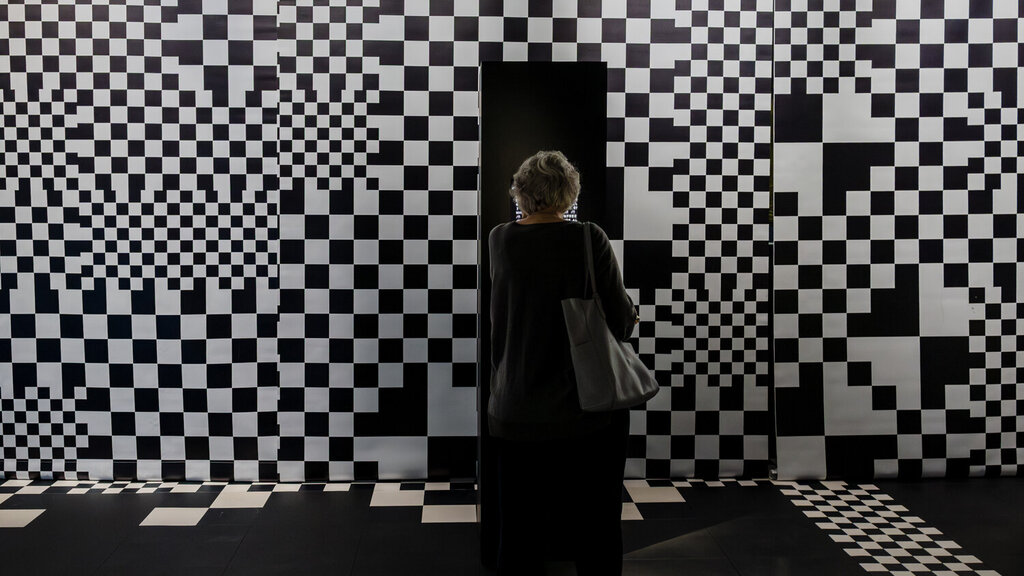
The Artificial Intelligence exhibition, created by the Quai des Savoirs and co-produced by Universcience, helps visitors understand and make sense of this complex topic. Taking an in-depth look at the issues, the exhibition delves into the science and technology behind artificial intelligence and the possibilities it offers in art, philosophy, culture and politics. It examines the structural duality of AI, revealing both its vast potential and how the design of algorithms and the databases they rely on fundamentally challenge our basic assumptions.
Practical information
-
From age 9
-
Trilingual exhibition (French, English, Spanish)
Accessibility
- Accessible to visually impaired visitors
- Accessible to visitors with reduced mobility
- Accessible to deaf and hard of hearing visitors
- Accessible to cognitively impaired visitors


